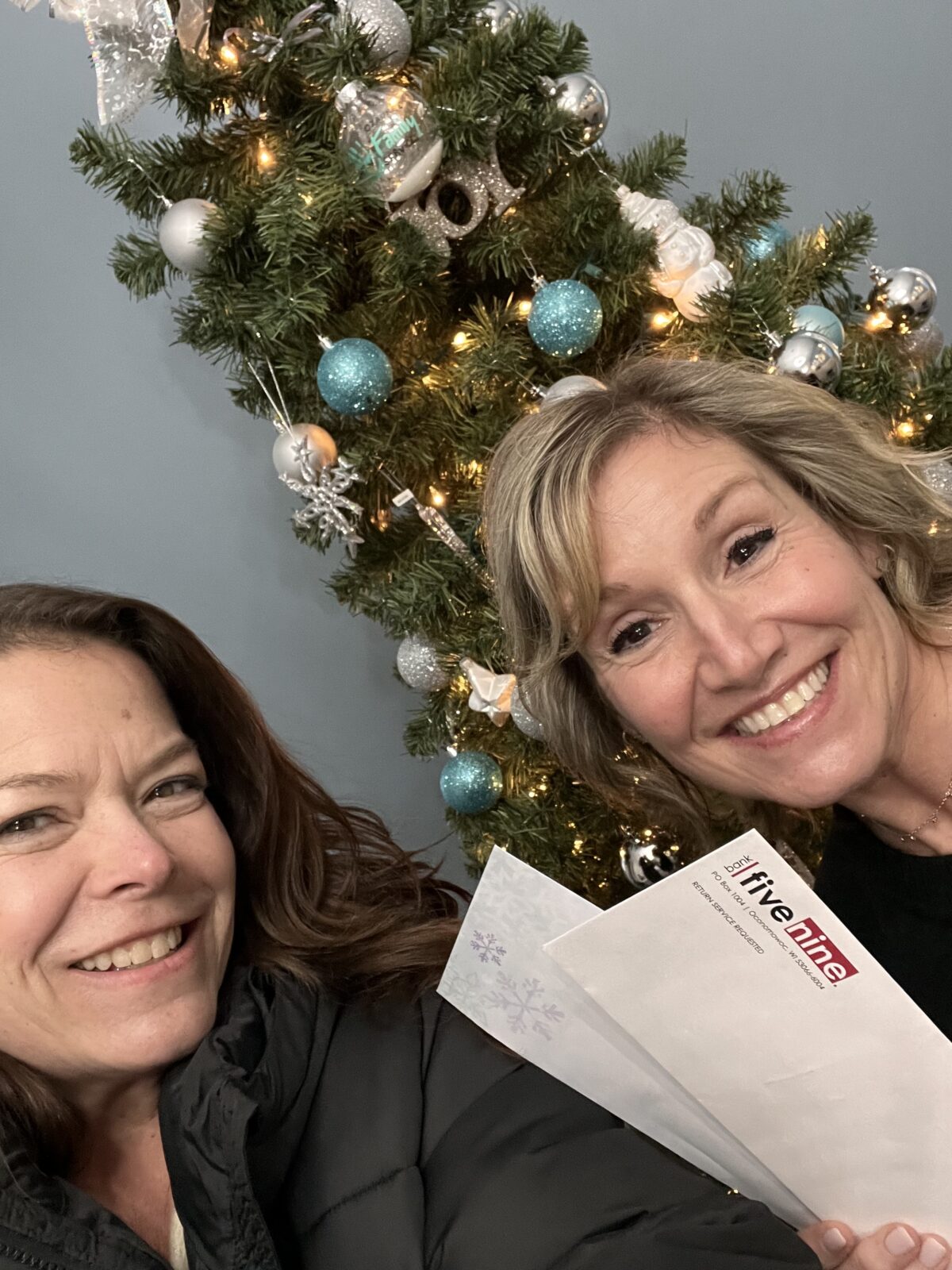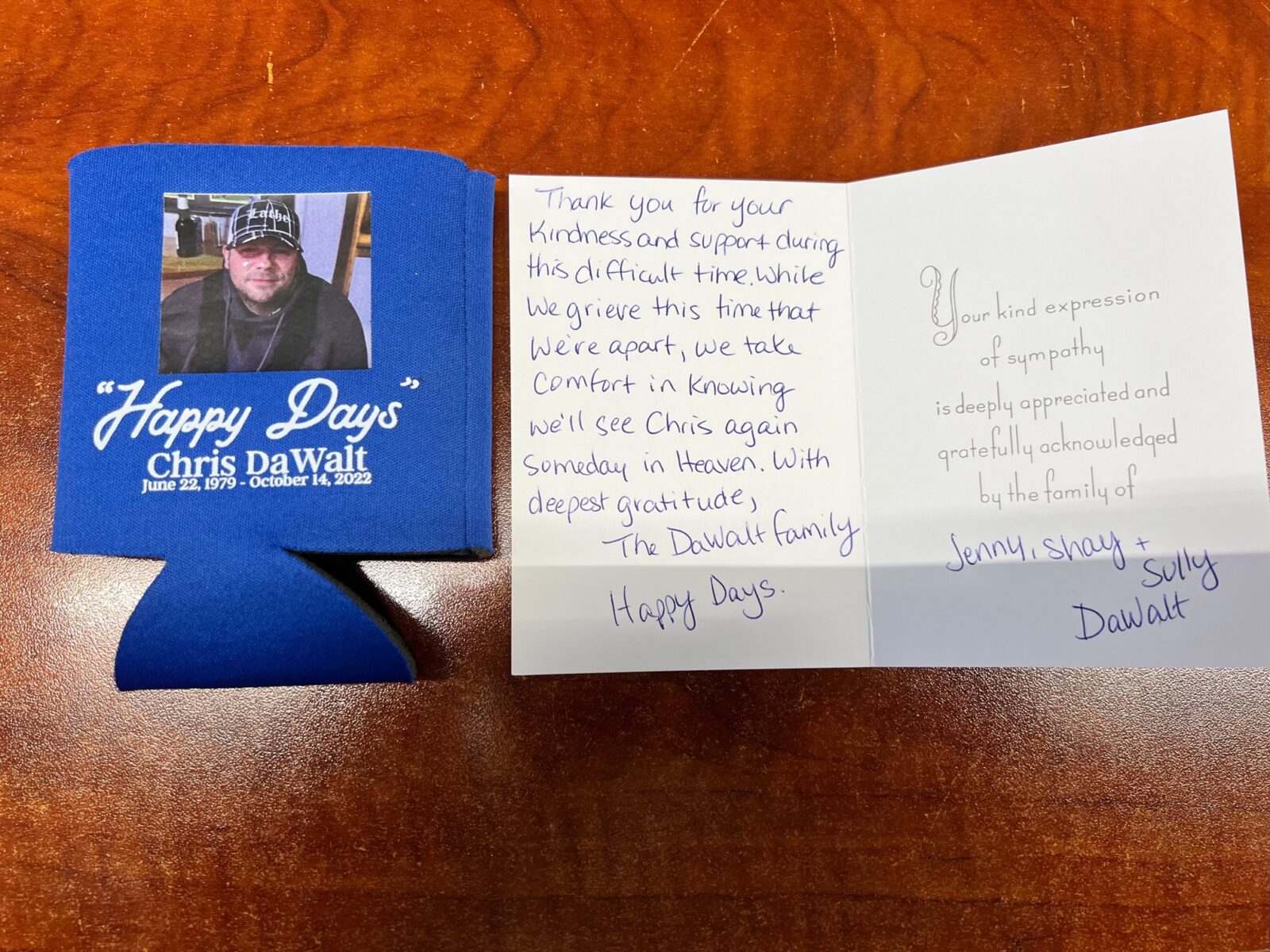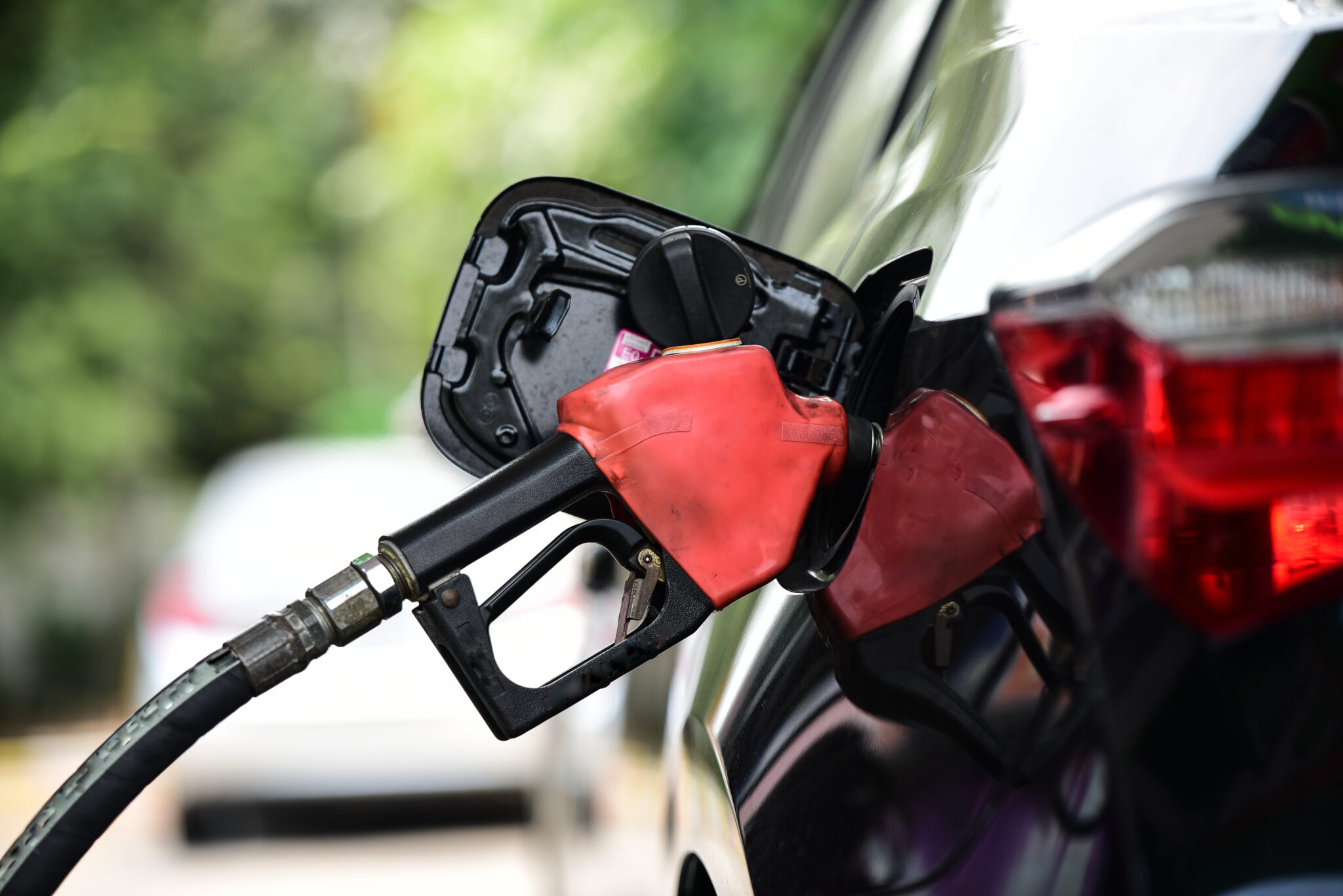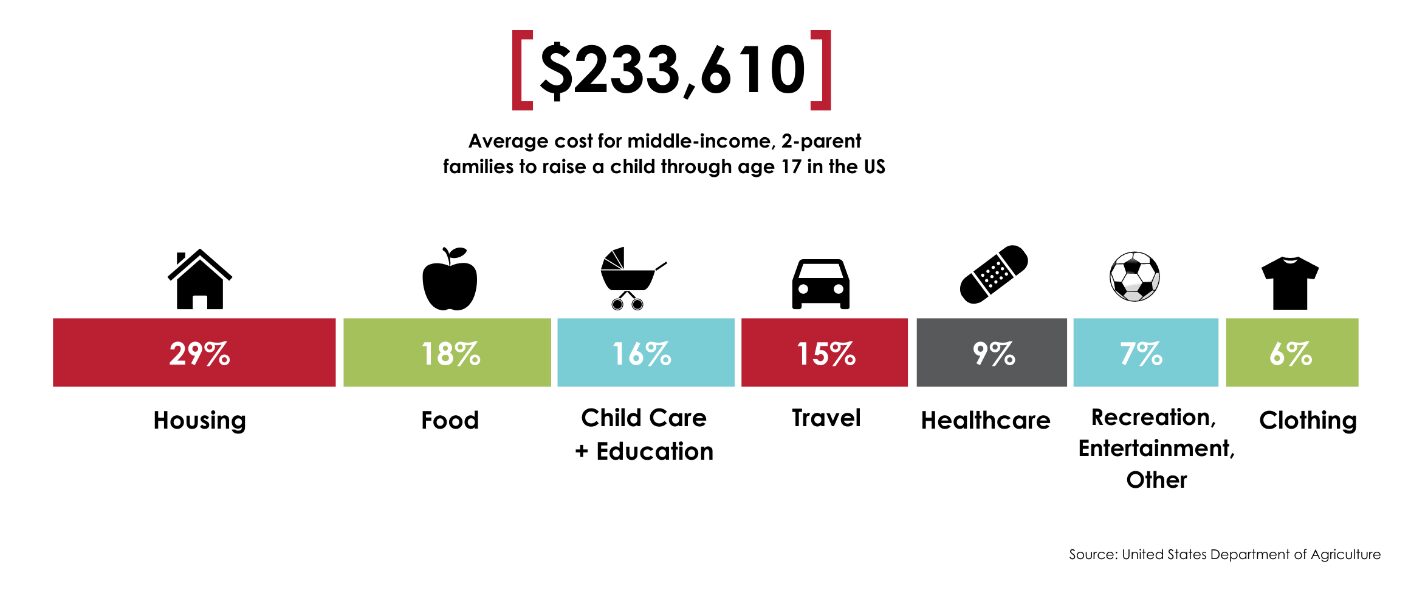Are you confused about the difference between a credit card and a debit card? Don’t worry; you’re not alone! While both types of cards are used to make purchases, there are some key differences between the two. In this blog, we’ll break down the similarities, differences and pros and cons between credit and debit cards to help you decide which one is right for you.
First, let’s talk about how these cards work.
A debit card is linked to your checking account (click here for ‘what is a checking account and how does it work’), so when you make a purchase, the money is withdrawn directly from your account balance. This means that you can only spend what you have in the bank, and you won’t have to worry about accumulating debt or interest charges.
A credit card, on the other hand, works like a loan from a bank or financial institution. When you make a purchase with a credit card, you’re essentially borrowing money that you’ll need to pay back later, typically with interest. Credit cards come with a credit limit, which is the maximum amount you can borrow at any given time. Your credit limit is determined by factors such as your credit score, income, and credit history.
Now let’s dig into the pros and cons of each!
Debit cards:
Pros:
• Convenience: Debit cards are accepted at most retailers and can be used to withdraw cash from ATMs.
• No interest: Unlike credit cards, you won’t accrue interest on your purchases with a debit card.
• Budgeting: Since a debit card draws from your checking account, it can be easier to keep track of your spending and stick to a budget.
Cons:
• Limited fraud protection: Debit cards offer less fraud protection than credit cards. If your card is stolen or used fraudulently, it may take longer to get your money back.
• No rewards: Debit cards typically don’t offer rewards programs, so you won’t be earning cash back or other perks on your purchases.
• Overdraft fees: If you overdraw your checking account with a debit card, you may be hit with a fee.
Credit cards:
Pros:
• Rewards: Many credit cards offer rewards programs that let you earn points, miles, or cashback on your purchases. Depending on the card you choose, you may be able to earn rewards on everything from groceries to travel.
• Protection: Credit cards offer better fraud protection than debit cards. If your credit card is stolen or used fraudulently, you can report it to your issuer and dispute the charges.
• Building credit: Using a credit card responsibly can help you build a positive credit history, which can be important if you want to apply for loans or mortgages in the future.
Cons:
• High interest rates: Credit cards often come with high interest rates, especially if you carry a balance from month to month. This can add up quickly and lead to a lot of debt if you’re not careful.
• Fees and surcharges: Some credit cards come with annual fees, balance transfer fees, or other charges. (Make sure you read that small print before signing up for a card!) It’s not super common, but there are some retailers that may also charge you a little bit extra for using a credit card, so it may be worth it to pay with debit.
• It’s easy to overspend: Credit cards can be a slippery slope if you’re not careful. It’s easy to rack up debt if you’re not keeping track of your spending. Also, if you carry a balance for too long or miss payments, it can negatively impact your credit score.
So, which one should you use – credit or debit? It really depends on your financial situation and spending habits. If you’re someone who struggles with overspending or wants to stick to a strict budget, a debit card might be a better fit. But if you’re someone who travels frequently or wants to earn rewards for your purchases, a credit card might be a better option.
At the end of the day, both credit and debit cards have their pros and cons. It’s important to weigh the benefits and drawbacks of each option and choose the one that best aligns with your financial goals and lifestyle. Some people carry both – one credit card and one debit card in their wallet.





















Recent Comments